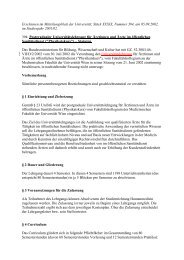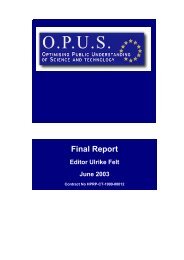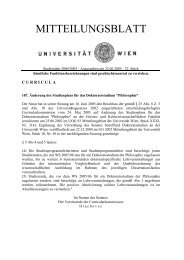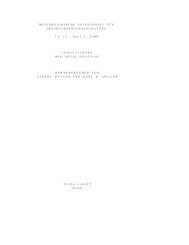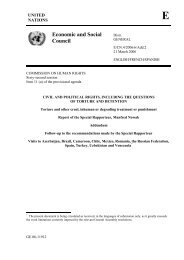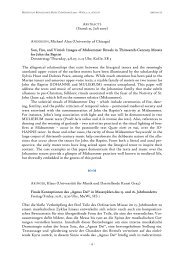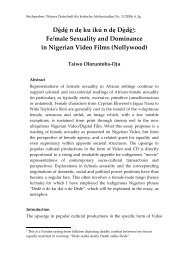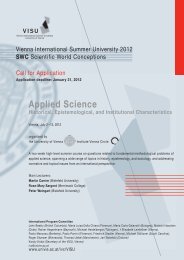INDONESIA EXECUTIVE SUMMARY Indonesia is a multiparty ...
INDONESIA EXECUTIVE SUMMARY Indonesia is a multiparty ...
INDONESIA EXECUTIVE SUMMARY Indonesia is a multiparty ...
Create successful ePaper yourself
Turn your PDF publications into a flip-book with our unique Google optimized e-Paper software.
<strong>INDONESIA</strong> 36<br />
Managers in some locations reportedly employed thugs to intimidate and assault<br />
trade union members who attempted to organize legal strike actions, and at times,<br />
the police intervened inappropriately and with force in labor matters, usually to<br />
protect employers’ interests.<br />
Labor activ<strong>is</strong>ts continued to claim that companies orchestrate the formation of<br />
multiple unions, including “yellow” unions, to weaken legitimate unions.<br />
Activ<strong>is</strong>ts reported that there were stronger antiunion sentiments and actions by<br />
employers in special economic zones (SEZs). For example, employers in the<br />
Batam SEZ tended to hire labor on two-year contracts and favored workers under<br />
24 years of age, in part to inhibit union formation.<br />
Employees at the Surabaya Zoo establ<strong>is</strong>hed a labor union in June 2010. However,<br />
the zoo management attempted to stop the union from operating. Police and forest<br />
rangers threatened the labor union members and tore down the labor union’s<br />
signboards. Labor activ<strong>is</strong>ts received threats if they continued to ass<strong>is</strong>t with<br />
unionization. One employee was fired for her role in the establ<strong>is</strong>hment of the<br />
union. Management reduced the salary and benefits of those who joined the union.<br />
The union was informally d<strong>is</strong>banded when the zoo’s managing body refused to<br />
extend the contract of the labor union’s activ<strong>is</strong>ts, arguing that members<br />
participated in an illegal strike in 2010. While the union was legally intact at<br />
year’s end, none of the members were active. The City of Surabaya Industrial<br />
Court asked zoo management to reemploy the 30 fired union activ<strong>is</strong>ts; zoo<br />
management has appealed th<strong>is</strong> to the Constitutional Court. At year’s end, the<br />
appeal was still pending and the union activ<strong>is</strong>ts had not been reemployed.<br />
In practice, the cumbersome process required for a legal strike, as well as the<br />
government regulations included in the Manpower Act provided employers a clear<br />
means to obstruct a union’s move to legally strike. Therefore, strikes tended to be<br />
unsanctioned or “wildcat” strikes that broke out after a failure to settle long-term<br />
grievances or when an employer refused to recognize a union. The primary<br />
reasons for strikes during the year were 1) demand for an increase in salary, 2)<br />
suspension of overtime payment and/or regular salary, 3) unjust d<strong>is</strong>m<strong>is</strong>sal of<br />
workers, and 4) the illegal use of contract workers.<br />
Employer retribution against union organizers, including d<strong>is</strong>m<strong>is</strong>sals and violence,<br />
was not prevented effectively or remedied in practice. Employers commonly used<br />
intimidation tactics against strikers, including admin<strong>is</strong>trative d<strong>is</strong>m<strong>is</strong>sal of<br />
employees through use of the appeals process described above. Some employers<br />
Country Reports on Human Rights Practices for 2011<br />
United States Department of State • Bureau of Democracy, Human Rights and Labor




